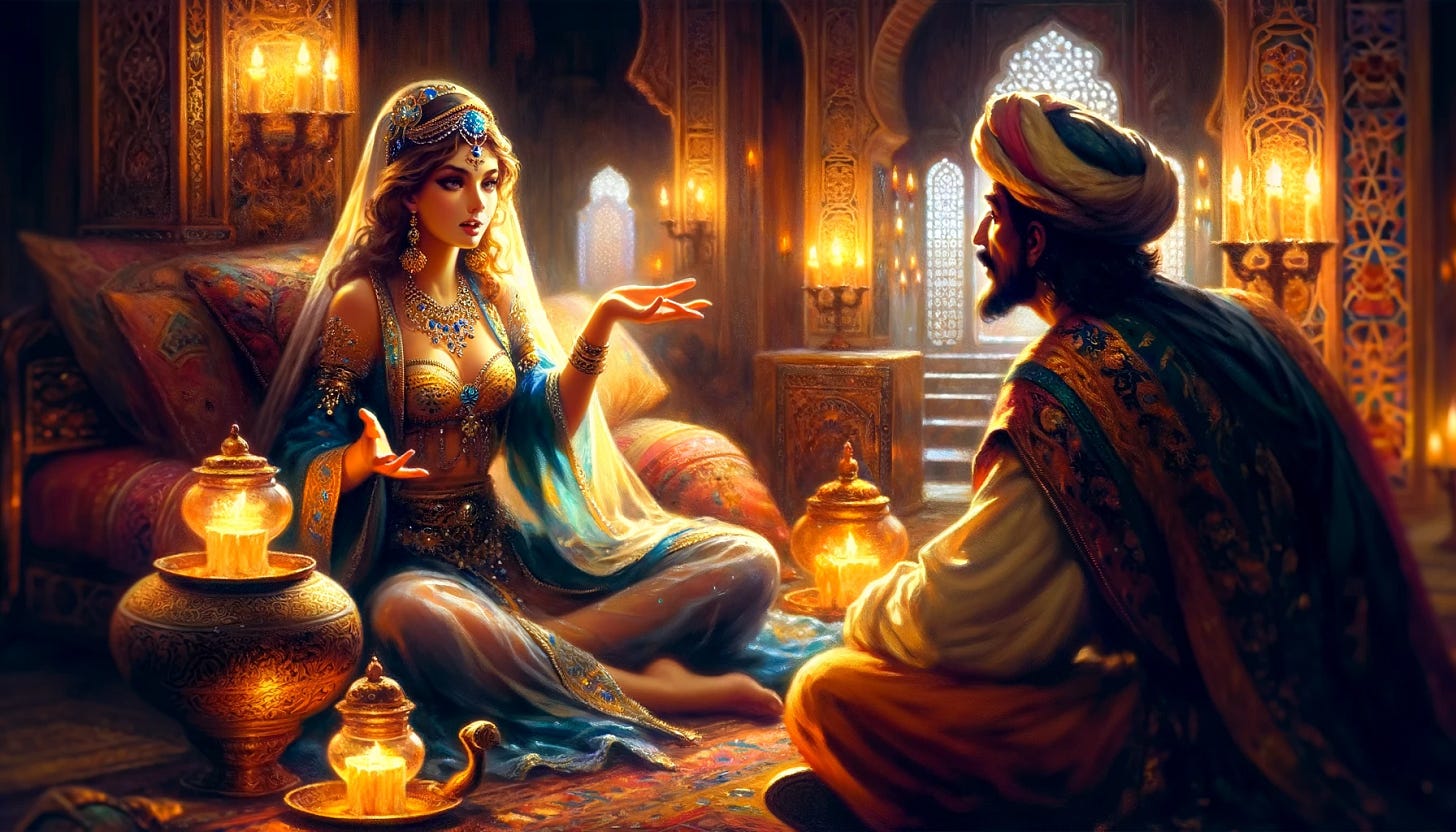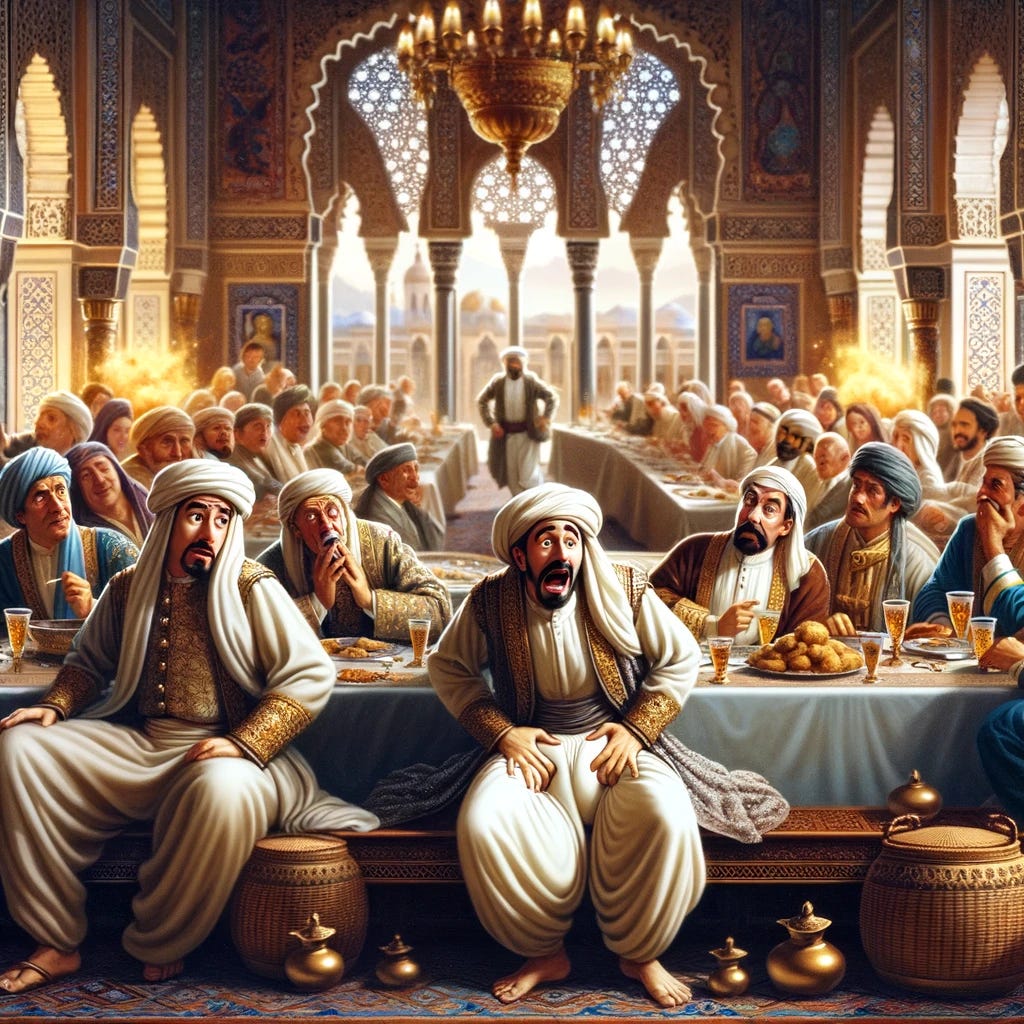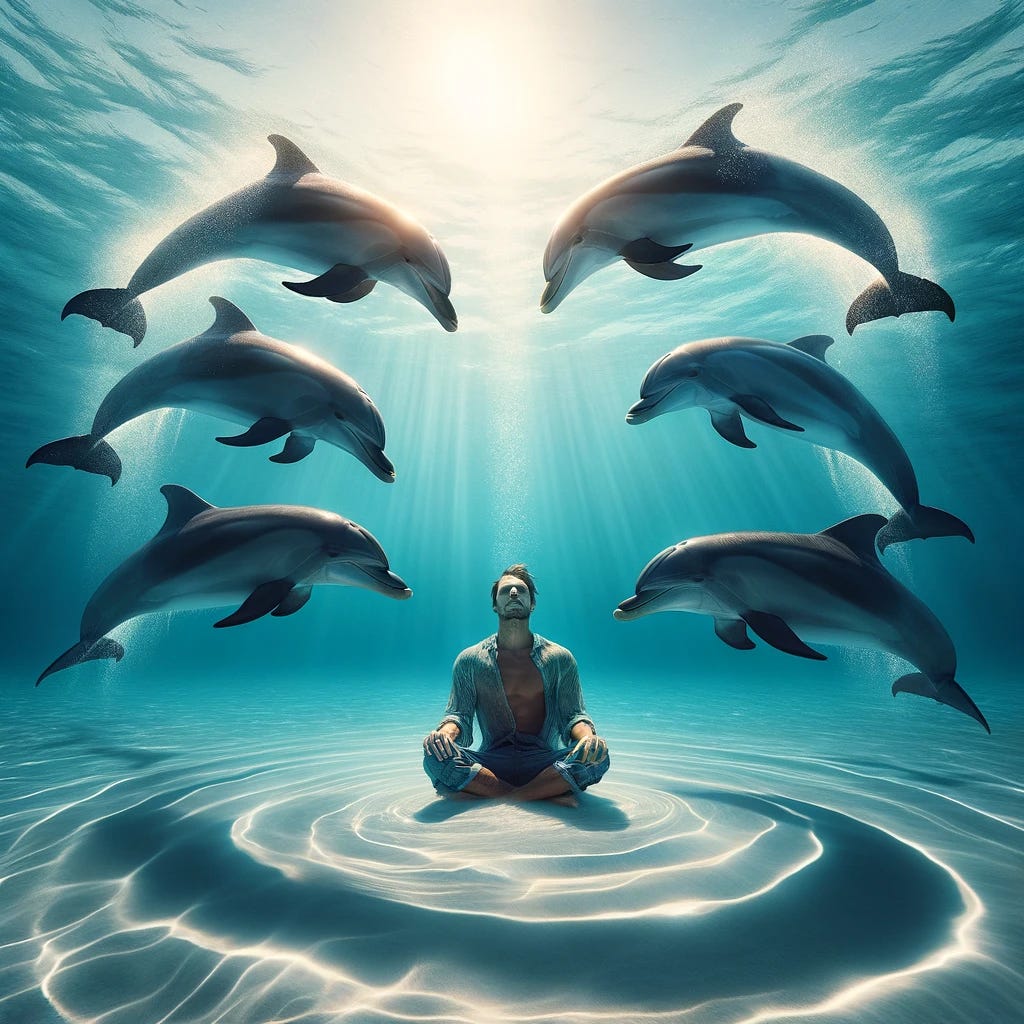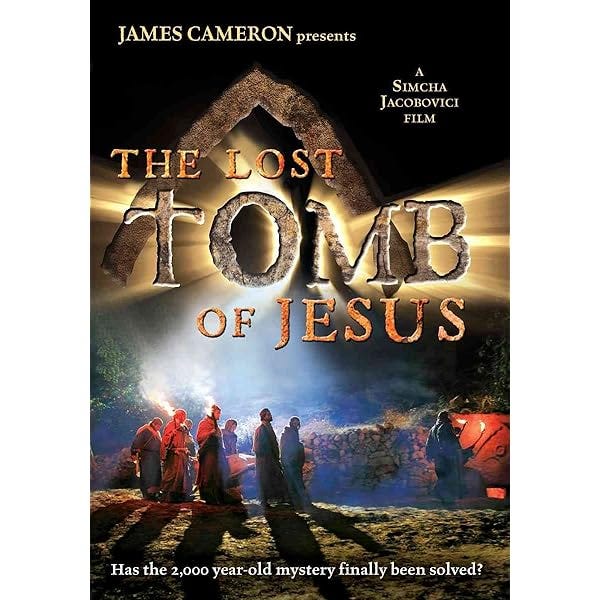Scheherazade captivating the king with never ending tales
How old were you when you first heard one of those incredible stories from the Arabian nights? Of course, we can all recall the name Aladdin, who found that lamp with the genie in it. When you think about it the genie trapped in the bottle is a fairly obvious metaphor for the enormous power locked up within our own minds and hearts.
Of course, as a young boy I had no idea that the idea of genie genius even existed. All I wanted to do was escape from the dour, cold and utterly depressing environment of north east Scotland during the interminable winters that brought sleet, rain, snow drifts 10 feet high and horrendous North Sea winds that would gnaw at your very bones on the long walks back up the hill from school.
Reading always provided me with the stories I needed to get through that darkness and so Scheherazade is surely the ultimate muse. You can see her sitting in front of the King in the illustration above. How did she end up there? Well, the king had a pretty serious case of misogyny it transpires, having experienced an unfaithful wife and so as Wikipedia tells us..
The main frame story concerns Shahryār, whom the narrator calls a "Sasanian king" ruling in "India and China". Shahryār is shocked to learn that his brother's wife is unfaithful. Discovering that his own wife's infidelity has been even more flagrant, he has her killed. In his bitterness and grief, he decides that all women are the same. Shahryār begins to marry a succession of virgins only to execute each one the next morning, before she has a chance to dishonor him.
Well, the one-night-stand-marrying-virgin idea was very creative for him! Piles of virgin corpses later the exhausted-by-now king was informed they were running out of suitable candidates. Enter stage left a beautifully intelligent woman. Perhaps she represents the archetypical healer who is willing to sacrifice her own life rather than see the innocent slain daily. She must have had a wicked sense of humour too since her first night was in telling the tale of a famous farter! This was the vizier’ daughter named Scheherazade! She got off to a highly energetic start with the depressed King.
The tale of Abu Hasan and the fart
She began with the tale of Abu Hasan who throws a lavish feast to celebrate his new home, aiming to impress his guests with his wealth and hospitality. However, the evening takes a comical turn when he accidentally passes loud flatulence, causing him such embarrassment that he flees his city for twenty years, only to return and find his mishap has become a humorous part of local history. For days he wandered around the hills, hoping to learn by some fortuitous circumstance whether his reputation was still intact, when at last he came across a shepherd’s hut one night and heard a mother putting her child to sleep. He pressed his ear to the side of the hut and heard the child ask:
“Mother, when was I born?”
“Oh, that’s easy, my dear,” the mother laughed, “You were born in the year that Abu Hasan farted!” And with these words, hope died in his heart forever. He fled the land and was never seen again.
Scheherazade must have employed every ounce of creative energy to transform the weak laughter of the King into desire. Not for her so much as for tomorrow. She had to get him hooked on the story and this was her road to salvation. She carefully inserted the hints of a new story that somehow connected to the fart story so that by dawn (the point at which she would have been executed) she was able to convince the king to spare her to hear the continuation of her tale.
Thus the king kept Scheherazade alive day by day, as he eagerly anticipated the conclusion of each previous night's story. At the end of 1,001 nights, and 1,000 stories, Scheherazade finally told the king that she had no more tales to tell him and asked to be able to say goodbye to the three sons she had given him during those years. During the preceding 1,001 nights, however, the king had fallen in love with Scheherazade. He spared her life and made her his queen. (Wiki)
Storytelling has been left these days to multimillion dollar TV series creation and endless remakes of movies. Gladiator 2? Really Ridley? Is that all you got? Then as even our most talented directors succumb to remakes, we will ask AI to do it all for us no doubt, though if you use the word ‘fart’ in woke-programmed systems it will inform you it cannot comply with your (rude) request. Flatulence works a charm though. We can just see that woman putting her child to sleep being politically correct enough to say, “You were born in the year of the famous flatulence of the esteemed Abu Hasan!”
I wrote a book with its upcoming Japanese title edition, The one thousand and one nights of the soul. Fifty stories that all emerge out of a preceding story was the idea I used from the Arabian nights. Here is the English edition which was translated by the expert mind of June Angel. Thanks for that June. Soon we will be ready to read this in Japanese!
My own never-ending stories cover quite a bit of ground. Here is a section of the introduction.
Fifty stories that might open doors to your soul
You are about to read a series of essays that will hopefully give you some feelings or intuitions or maybe even confirmations of the central idea in this book: you are a soul. The essays are all autobiographical i.e. I experienced the contents of the stories. In a very real sense, they are all stories of a soul journeying through time and space over a sixty-eight-year period beginning in 1952.
There are several key themes in this series of essays that will hopefully keep your fingers turning the pages. The ideas written here may seem quite radical at first but if you continue you might see an invisible thread that connects them all. That is our soul.
“Truth is found neither in the thesis nor the antithesis, but in an emergent synthesis which reconciles the two” Georg Wilhelm Friedrich Hegel
This book is the result of a lifetime of adventure in discovery. In a sense I have always tried to use the idea of thesis, antithesis and synthesis when doing public talks, especially in the years of doing Echan Juku in Tokyo. For every idea or thesis there is actually and equal and opposite antithesis which I referred to as plus and minus. Only by seeing two points of view can you yourself come up with a synthesis which I call neutral or interesting. There is thus no need to believe anything I have written so far.
The 50 chapters you will read are intended to be stories just like Scheherazade told the king every night. Some of the stories may resonate with you more than others of course. Some you may completely disbelieve for reasons that have to do with your own belief system and interests. That is how it should be in a world full of individual people. But I do sincerely hope that at least some of the stories spark your interest sufficiently to entertain the idea that there really does exist a soul, despite the fact that nothing in your education or upbringing may have even suggested it. Each of the essays contains a hint that points to an invisible connection, the connection you have with your own soul and the souls of others.
I deliberately kept each chapter short to move the reader through the different themes I myself have written and lectured about for the past three decades. Here is a partial list of those themes covered in dozens of books and lectures over my career.
The 50 essays pertain to the following themes:
Culture-The City of light points to an advanced new kind of culture that is based on deep understanding, social cohesion and shared values. That is what a culture ideally should be. The peasant who changed the world is about how big shifts in global culture can be the result of one person’s great influence, Gorbachev in that example. He, like Gandhi deserves the title of Mahatma, a great soul just as Oberto Airaudi was a great soul in creating and sustaining a vibrant local culture. Great souls can do things that even the most brilliant and talented and wealthy individuals cannot and will not do because their actions go far beyond personal, psychological talents. They can be said to have a destiny, or rather to be one with that destiny that they feel. We will talk more of destiny in later chapters.
Ethnocide and Globalization and then The Archaic revival point to our ethnic cultures as well as to our archaic ones, both of which share the common root of being connected very deeply to the human soul. The two temples clearly reveal how Japanese culture has had such an impact on me from the very beginning of my connection to its very ancient national soul we might call it. I do believe that countries, being a collection of souls have a shared, national soul that goes beyond politics and economics and of course beyond current history.
We will see in part three how the future of culture might look. We might do well to remember the meaning of culture: Culture is the characteristics and knowledge of a particular group of people, encompassing language, religion, cuisine, social habits, music and arts. Thus, it can be seen as the growth of a group identity fostered by social patterns unique to the group. In biology however it means something different: A population of bacteria grown in the laboratory is referred to as a culture. A pure culture contains only one single type; a mixed culture contains two or more different bacteria.
Native Wisdom: This theme has always been important to me as a traveler because I sense so much wisdom in the indigenous peoples of the planet I have met. They have been around the longest especially if we consider the Aboriginals in Australia and the so-called bushmen of the Kalahari. Our genes are directly connected to them and in fact the San people (bushmen) contain all our racial types because of their immense antiquity that some scientists say goes back 60,000 years. The fact that we have marginalized these native populations in our effort to create a democratic global standardization has been painful for me to see in my life. I cannot imagine how it feels to be a modern day Maori or Haida or Navaho and in Japan of course look at the social conditions of the Ainu people. Along with black people the world over they have suffered the worst discrimination and in the United States have clearly been treated most brutally at the expense of white domination.
Anthropologist and previous explorer in residence at National Geographic, Wade Davis
I have thus included stories about them in The medicine Circle, Vision Quest and Quechua soul mountain. Wade Davis is the man to study about this and so we can also include Ethnocide and Globalization. I have many other stories of the Mayan people in particular since I visited the Yucatan ten times over the years. We really need to rethink our policies of ethnocide while we still have native people connected to their past alive in this world. Though I do not say that we have been completely conscious of this ethnocide I will say that now you know about it perhaps it is time to stand for people like those at Standing Rock in the US who bravely battled peacefully against major pipeline companies who would destroy their precious water sources. Amazingly they seem to have at this stage won a major victory in the Supreme Court but we must be careful. Big business usually finds a way to reverse court decisions and the whole game starts all over again. After all none of the people who created the 2008 economic crash described in that chapter on globalization has ever gone to jail for their crimes. Not one. Except in Iceland…
Science is another favourite theme because we are the people of the science paradigm, or way of seeing the world. Science has nothing to tell us about the soul you may think but in fact in the next section I will share information suggesting it does. I used to appear on Japanese TV talk shows and in one a typical response to my ideas was, ‘That is not scientific’. I immediately countered with this: “To what science are you referring sir? Newton’s science, or Einstein’s science or the Quantum Physics of Schrodinger et al? Because they are all entirely different animals.”
The leading edge of current science is clearly the sincere attempt to find out what consciousness is and how the brain relates to that. We shall explore that theme deeply in part two. So, I do love science and I do hate scientific dogma, which is what a lot of it has become. This section began with the Mad Scientist who I believe was one of the sanest scientists I have ever met. Recently my full interview of him was discovered from 1992 and it is now available on YouTube, in English only at present.
Signature in the cell reminds us that an enormous intelligence resides in DNA and thus in all creatures. In part three we will explore how that intelligence relates to the soul. The temple in Man suggests that the Egyptians had a high understanding of science, not merely the science of matter but more importantly the science of mind, which we now call psychology. The Soul Professor goes further into the realm of parapsychology and Dr. Jung and the scarab from tomorrow can challenge us to understand how the human soul operates behind the radar of so-called synchronicity and precognition. Finally, Thunderbolts of the Gods provides a refreshingly simple cosmology based on the observable universe that makes complete sense if you take the time to study it. Nikola Tesla did and if he had succeeded, we would already be charging our cars with electricity directly from empty space I dare to imagine.
Adventure: I have included several episodes of my own travels for a specific purpose. Without a sense of adventure, I believe that it is almost impossible to grasp how we really are Traveling souls. Dolphin Telepathy outlined how without taking the risk to swim out in the open sea without any guarantee of meeting cetaceans that meeting would not have resulted. Staying on deck is the option we are trained to obey by modern society. Wait until the right moment. Be sure the dolphins are there before donning your gear. Surely the boat staff will guide us and so on. But that is not how the soul reveals herself at all. The soul loves chance encounters, unusual moves and random, intuitive actions for reasons I will outline in the next section. Why? Because the soul is actually the archetypal adventurer as we will discover, an unseen consciousness with a strong desire to experience life in unique and creative ways.
Those dolphins will remain strongly embedded in my memory because they too have souls I believe and they too love the adventure of play, risk, hunting and communicating with other species, like us. Adventure opens doors that are often closed to academics, armchair philosophers and theorists of all kinds. Often, not always. The philosopher Immanuel Kant kept up a boring routine all his life but his intellectual adventure continued in the background despite it. So, I do not suggest the reader suddenly decides to do something radical necessarily but I certainly hope that my simple adventure stories stir the soul to want to go deeper. Soul Trek describes a small part of a great journey that was truly transformational for me and actually confirmed Carl Jung’s ideas about the Hero’s Journey via the Across Iceland Barefoot adventure.
The Two Temples points to how taking chances can open really closed doors that not only open for us but for the others involved. The monk who fed me will remember me and so will those who walked around me. Perhaps it made them feel something different, whatever it was makes no difference. Our souls affect each other in truly strange and mysterious ways. The Spiritual Jungle is another example of how meeting a completely different kind of lifestyle through the sadhus would have been entirely impossible without the adventure that was required to get there in the first place.
They knew that too. You cannot simply drop into a place like that and hope to experience what I did. You have to earn it through adventure. That is an important concept for understanding the soul. Badges of honour can never be purchased, at any price. The Camel and the Book hopefully allowed you to feel the virtual fear and tension that accompany all true adventures. Courage is the most important tool we have for getting closer to our souls. First, we must have the courage to doubt that we are NOT souls.
Ancient Civilization has been a favourite topic of mine for decades since I have visited the 6000-year-old Newgrange and its younger and more famous site in Giza, the pyramids. I have good reason to doubt the dates we are given by archaeologists because there is strong evidence for far older dates being realistic. Since the discovery of Gobeklitepi in Turkey now officially recognized at being at least 11,000 years old and clearly built by a sophisticated culture with religious beliefs many, like me have found even better reasons to doubt the antiquity of our species. The temple in man has already been covered as has The Celtic Ray and the Ark that disappeared, along with The lost tomb of Jesus suggest that our religious stories contain far more technologically advanced information that we may have assumed.
In Japan the most truly ancient artifact I have come across it indisputably the massive 700 ton block of carved stone called Masuda Iwafune in Nara, quietly hiding in plain site in a bamboo grove. The sign in front of us assures us it is from the Nara period but I would recommend that Japanese scholars travel to Bolivia and Peru, to Lebanon and Russia where they will find similar examples of megaliths that defy the imagination. I first visited this highly unusual (not at all Japanese-looking) object and climbed up to see its carved, square holes and exact, long edges cut cleanly. The mental exercise of clearing the mind and imagining the true antiquity of such places is very hard for us who have categorically accepted the dating system of scholars whose very research is already built upon intellectual assumptions that have never been questioned.
The similarity of the nearby sakanoishi which we are told is a giant stone used in making sake, to objects in Bolivia can only be recognized by those who have seen both. In Bolivia there is a clearly very ancient culture which left its mark all over the country using gigantic stone structures. I believe this resistance to accepting, or at least being open to such great antiquity links to the plasma universe-related idea of a catastrophic event in the late stone age, so well remembered the world over and so completely covered up due to our psychological trauma about it, as Immanuel Velikovsky so clearly indicated. Our very souls have been damaged and distorted by our highly volatile past here on earth.
Environmental research has always fascinated me. Just today I read that one of my inspirations for a clean future has released one thousand ways we can better the world through clean energy solutions. Coming from a generations long line of explorers Bernard Picard flew a solar powered plane around the world several years ago and I was one of his supporters online. He did that to prove that no fuel, no carbon footprint and no other source of energy but the sun was sufficient to encircle the globe non-stop. In the footsteps of Ghandi concerns solutions also as does Disaster Builders. I sincerely feel that as we develop more sensitivity to our own existence as souls in this world, we will concurrently be able to treat our environment with the deep respect it deserves. Unfortunately, when politicians try to solve environmental problems, they are usually extended in time. Again, just today on April 14 2021 here on Vancouver Island a blockade of young people who want to stop old growth forest trees being cut by logging companies is gathering strength. I applaud their resilience in trying to protect trees which modern research is indicating have far more sophisticated abilities, such as communicating with each other by chemical messaging through root networks, that we ever imagined. They can warn each other of approaching storms it seems.
Health and well-being are discussed in The Earth prescription and also related to the sweat lodge and vision quest stories already mentioned. We can include The soul professor in this too since psychological health is paramount to the health of both body and soul. We will be talking more about this in the next section as we investigate exactly how body and mind and soul are inter related and so all equally important to health.
The Emerald Forest and the City of Light can also be included in the category I would refer to as Other Worlds because their stories point to a dimension of human experience, hinted at in other sections of course, that require us to at least consider the existence of a non-physical soul to begin to explain their meaning. We cannot explain what the soul is by any means but we can surely outline what it definitely is not. So, tighten your seat-belts and get ready for a wild ride beyond materialistic science’s clearly defined limits and let us set off into the deeper regions of the human soul. Part one gave you a taste of the soul as a traveler, I hope. The soul is the ultimate adventurer and it seems highly likely that the soul beckons us to the great adventure of discovering our true selves.
The book is now in the final galley proof edit and will be available early in 2024 published by Natural Spirit Inc. in Tokyo. A brand-new online show will cover each chapter weekly throughout 2024 and this will be forthcoming news for any interested in hearing about this book in Japanese.










The book will be released here on Substack. The first private printing run has ended so there will be no paper book in English. I will release a chapter per week starting 2024 along with my new online edutainment show named after the Japanese translation. Our escapades through the decades will thus be available!
Hope your book will be available in English! Are you taking pre-orders?
If we can keep our wits about us, we may have as many stories to tell as Scheherazade! Many are of an X-file nature and who would believe? Advanced age gives reason to doubt the validity of our memoirs, yet someone should be informed of all our escapades!